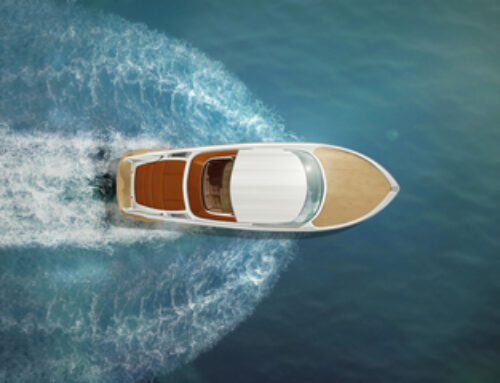Wild hide options
By Shelby Gonzalez
Cowhide
Hair-on cowhide lends a frontier element to upholstery work. When working with hair-on hide, positioning the hide so the “grain” of the hair lays the way you want can be a challenge. Photo: M. Carlin, Luxe Media Group/Sunrise Yachts.
Rattlesnake
The pattern of Valtekz Rattlesnake repeats every 6 inches horizontally and 11 inches vertically. Photo: Valtekz Composite Fabrics.
Alligator & Crocodile
Alligator and crocodile hides are most often used in accessories and motorcycle seats. Using them in a large application, like a headboard, will produce a particularly eye-catching piece.
Stingray
Stingray is available in dozens of colors and patterns, including python, zebra and metallics.
Shark
Shark leather prior to use. The hides of water-going creatures like crocodile, stingray and shark are naturally more resistant than other leathers to the high humidity of a marine environment, but still should be treated. Photo: Rojé Leather.

Ostrich
Ostrich hide, whether genuine or faux, like Valtekz Ostrich, sports a distinctive stippled pattern. Photo: Valtekz Composite Fabrics.
Zebra
Legal zebra hides come from game farms.
Faux
One advantage of using a faux hide like Valtekz Leopard or Valtekz Shagreen is that you can cover a substantial area, such as a wall or a piece of furniture, without having to painstakingly assemble a patchwork of hides. Photo: Valtekz Composite Fabrics.
 TEXTILES.ORG
TEXTILES.ORG 





